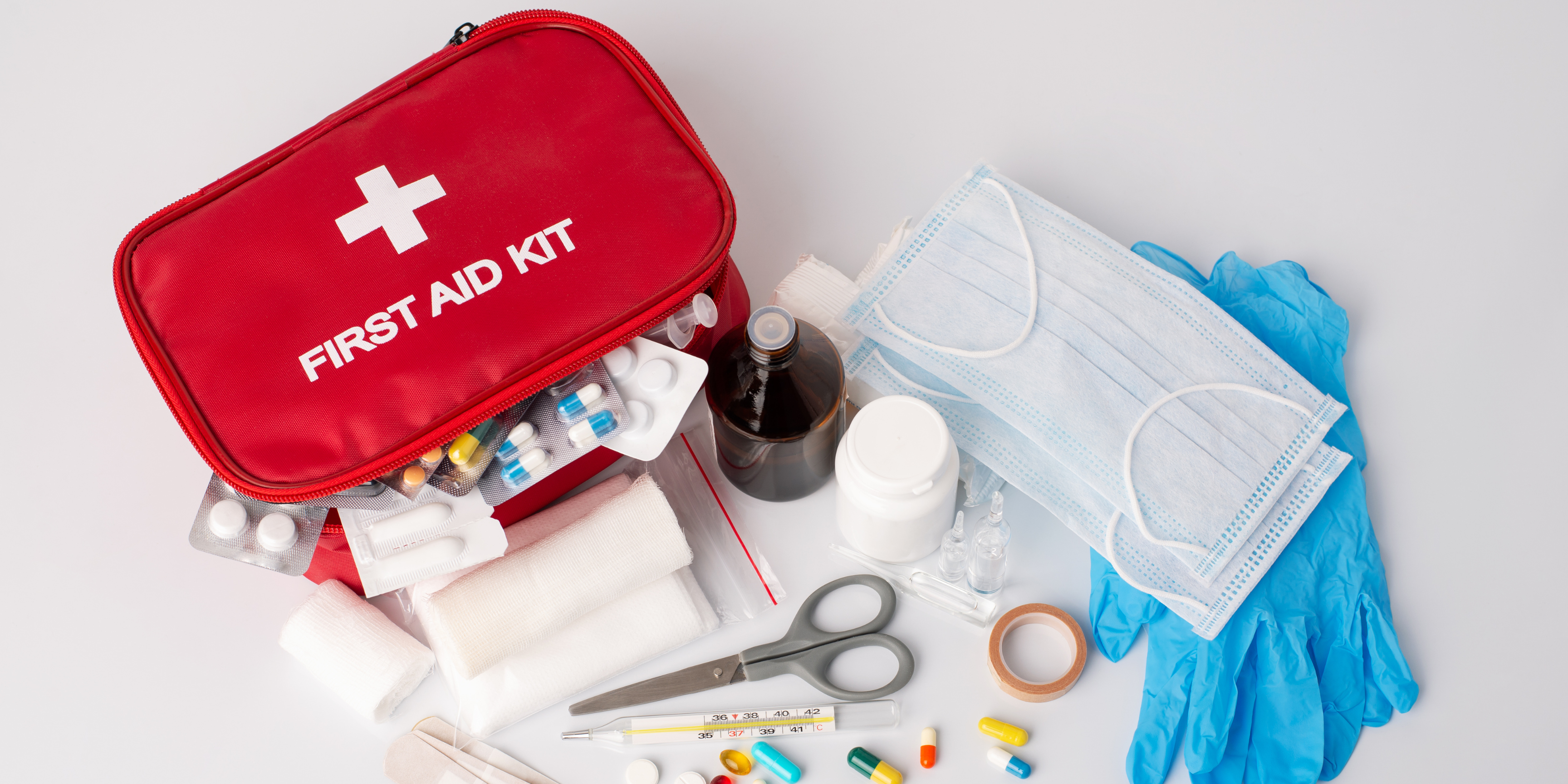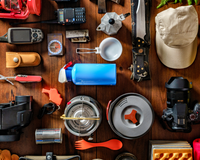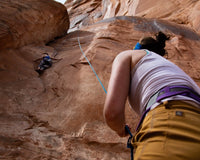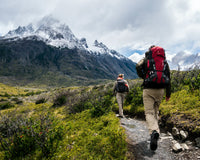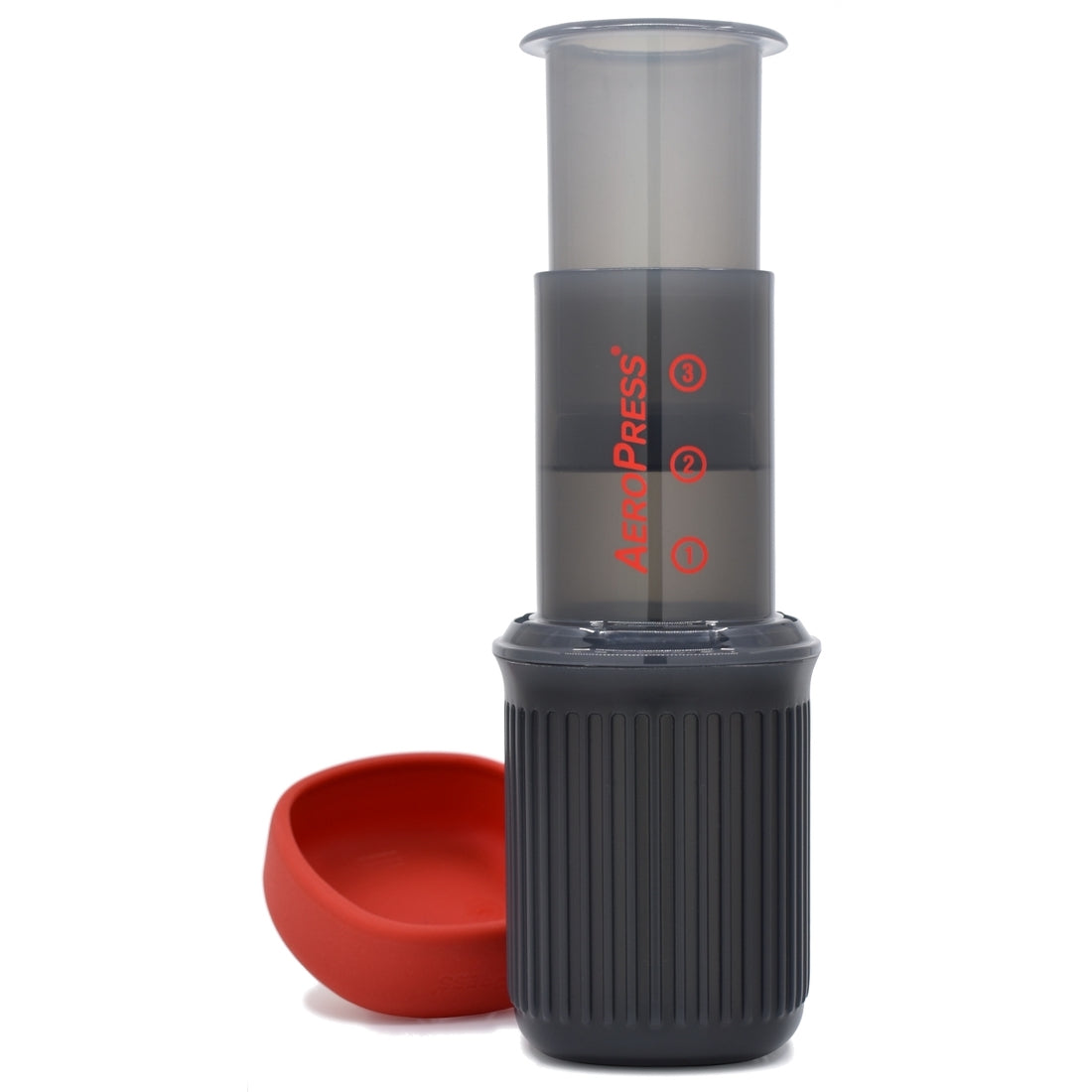Table of Contents
Supplies:
- Adhesive Bandages
- Sterile Gauze Pads and Adhesive Tape
- Antiseptic Wipes
- Tweezers and Safety Pins
- Pain Relievers
- Antihistamine
- Moleskin or Blister Pads
- Elastic Bandage
- Scissors
- Digital Thermometer
Treating Common Injuries:
Prevention:
Supplies:
As a backpacker, you know the thrill of exploring the great outdoors, but you also need to be prepared for the unexpected. Injuries and illnesses can happen anytime, anywhere. That's why having a well-stocked first aid kit is an absolute must for every backpacker. In this blog, we will go through the essential first aid kit items that every outdoor enthusiast should carry on their adventures, as well as tips for treating common injuries and illnesses in the wilderness.
1. Adhesive Bandages
A variety of adhesive bandages in different sizes and shapes is a must-have in your first aid kit. They can be used to cover small cuts, blisters, and abrasions, helping to prevent infection and promote healing. In case of minor cuts, clean the wound with an antiseptic wipe, apply a bandage, and change it daily or when it becomes wet or dirty.
2. Sterile Gauze Pads and Adhesive Tape
For larger wounds or those requiring more coverage, pack sterile gauze pads and adhesive tape. These items can be used to apply pressure on bleeding wounds and to protect larger injuries from dirt and bacteria. To treat a bleeding wound, apply direct pressure with a clean gauze pad, elevate the injured area, and immobilize it. Once the bleeding has stopped, clean the wound, apply an antiseptic ointment, and cover it with a gauze pad secured with adhesive tape.
3. Antiseptic Wipes
Keeping wounds clean is crucial to prevent infection. Antiseptic wipes are perfect for cleaning and disinfecting cuts, scrapes, and insect bites. After cleaning the affected area, cover it with a bandage or gauze pad to protect it from dirt and bacteria.
4. Tweezers and Safety Pins
Tweezers are essential for removing splinters, ticks, and other foreign objects. To remove a splinter, first clean the tweezers and the affected area with an antiseptic wipe. Then, gently grip the end of the splinter with the tweezers and pull it out in the direction it entered. Afterward, clean the area again and apply a bandage. Safety pins can be used to secure bandages or slings in place
5. Pain Relievers
Include over-the-counter pain relievers like ibuprofen or aspirin to help manage pain, reduce inflammation, and alleviate headaches or fever. These medications can also help provide relief from muscle aches and joint pain, which are common after a long day of hiking. Always follow the recommended dosage instructions and be aware of any potential side effects or interactions with other medications you may be taking.
6. Antihistamine
Allergic reactions to insect bites, plants, or food can be common while backpacking. Carrying an antihistamine such as diphenhydramine (Benadryl) can help alleviate allergy symptoms and prevent a severe reaction. In case of an allergic reaction, administer the antihistamine as directed and monitor the individual for signs of improvement or worsening symptoms. If the reaction becomes severe or the person has difficulty breathing, seek immediate medical attention.
7. Moleskin or Blister Pads
Blisters are a common issue for hikers and backpackers. Moleskin or blister pads can help provide relief and protection for those painful hot spots on your feet. To treat a blister, clean the area with an antiseptic wipe, apply a blister pad or moleskin, and cover it with a bandage. Avoid popping blisters, as this can increase the risk of infection.
8. Elastic Bandage
An elastic bandage is useful for providing support and compression for sprains, strains, or swelling. Make sure to pack one that's at least 2 inches wide. In case of a sprain or strain, follow the RICE method: Rest, Ice, Compression, and Elevation. Wrap the affected area with the elastic bandage, applying firm but not too tight pressure. Elevate the injured area, and apply a cold pack to help reduce swelling.
9. Scissors
A small pair of scissors can be used to cut tape, gauze, or clothing in case of an emergency. They can also be useful for trimming moleskin or blister pads to fit the affected area.
10. Digital Thermometer
Monitoring body temperature can be crucial in situations where someone is experiencing fever or hypothermia. A digital thermometer is compact, easy to use, and provides quick, accurate readings. In case of hypothermia, remove any wet clothing, wrap the person in warm, dry blankets or clothing, and provide warm, non-alcoholic beverages. For fever, ensure the person stays hydrated and administer over-the-counter fever reducers if necessary.
Being prepared for emergencies is essential when backpacking. Equipping your first aid kit with these essential items can make a significant difference in managing injuries and illnesses while out in the wilderness. Remember to periodically check your first aid kit, replace any expired medications, and replenish any used supplies. Safe travels and happy backpacking!
Treating Common Injuries
Now that you're equipped with the knowledge of essential first aid items to pack for your backpacking adventures, it's crucial to familiarize yourself with some basic first aid techniques for common injuries that may occur in the wilderness. Here are some tips on how to handle some of the most common outdoor injuries:
Cuts and Scrapes
Clean the wound with an antiseptic wipe or soap and water if available. Apply an antibiotic ointment to prevent infection and cover the wound with a sterile adhesive bandage or gauze. Make sure to change the dressing daily or if it becomes wet or dirty.
Sprains and Strains
Follow the RICE method mentioned earlier: Rest, Ice, Compression, and Elevation. Avoid putting weight on the injured area, apply a cold pack to reduce swelling, wrap the area with an elastic bandage for support and compression, and elevate the injured limb above heart level whenever possible. If the pain and swelling do not improve within a few days, seek medical attention.
Insect Bites and Stings
Apply a cold pack to the affected area to reduce pain and swelling. Administer an antihistamine to alleviate itching and allergy symptoms. If the person has a history of severe allergic reactions or shows signs of difficulty breathing, chest pain, or severe swelling, call for emergency help immediately.
Snake Bites
If you suspect a venomous snake bite, keep the person calm and immobile to slow the spread of venom. Call for emergency help immediately. While waiting for help to arrive, keep the affected limb immobilized and at or slightly below heart level. Do not attempt to suck out the venom, apply a tourniquet, or apply ice to the bite.
Hypothermia
Recognize the signs of hypothermia, such as uncontrollable shivering, confusion, drowsiness, and slurred speech. Remove any wet clothing, wrap the person in warm, dry blankets or clothing, and provide warm, non-alcoholic beverages. If possible, move the person to a warmer location. In severe cases, seek immediate medical attention.
Having covered some of the most common injuries you might encounter while hiking or backpacking, it's essential to understand that prevention is always better than cure. Before heading out on your next adventure, take a moment to review these tips that can help you avoid injuries and stay safe on the trail.
Prevention
Stay Hydrated
Dehydration can lead to fatigue, dizziness, and even heat exhaustion. Make sure you drink plenty of water before, during, and after your hike. Carry a hydration system or water bottles with you and refill them when possible. Don't wait until you're thirsty to drink.
Wear Proper Footwear
Wearing the right hiking boots or shoes can make all the difference in avoiding blisters and providing adequate support and protection for your feet. Break in your boots properly before hitting the trail and wear moisture-wicking socks to keep your feet dry and comfortable.
Use Trekking Poles
Trekking poles can help to reduce the impact on your joints, improve balance, and provide additional support on uneven terrain. They can also help prevent falls, which can lead to injuries like sprains or fractures.
Check Weather Conditions
Stay informed about the weather conditions for the area you'll be hiking in. Prepare for sudden changes in weather by packing appropriate clothing and gear. Keep an eye on the sky and be prepared to turn back or seek shelter if the weather worsens.
By following these guidelines, you can help ensure a safe and enjoyable hiking experience. Keep your first aid kit stocked and your first aid knowledge up-to-date, but remember that the best way to handle injuries in the wilderness is to prevent them from happening in the first place. Happy trails!
Now that you're equipped with knowledge on how to handle some common wilderness injuries and prevent them from happening, don't forget to check your first aid kit before heading out on your next adventure. For more information and a comprehensive guide on essential outdoor hiking and camping gear, read our blog post on Essential Outdoor Hiking and Camping Gear: Questions Answered.

